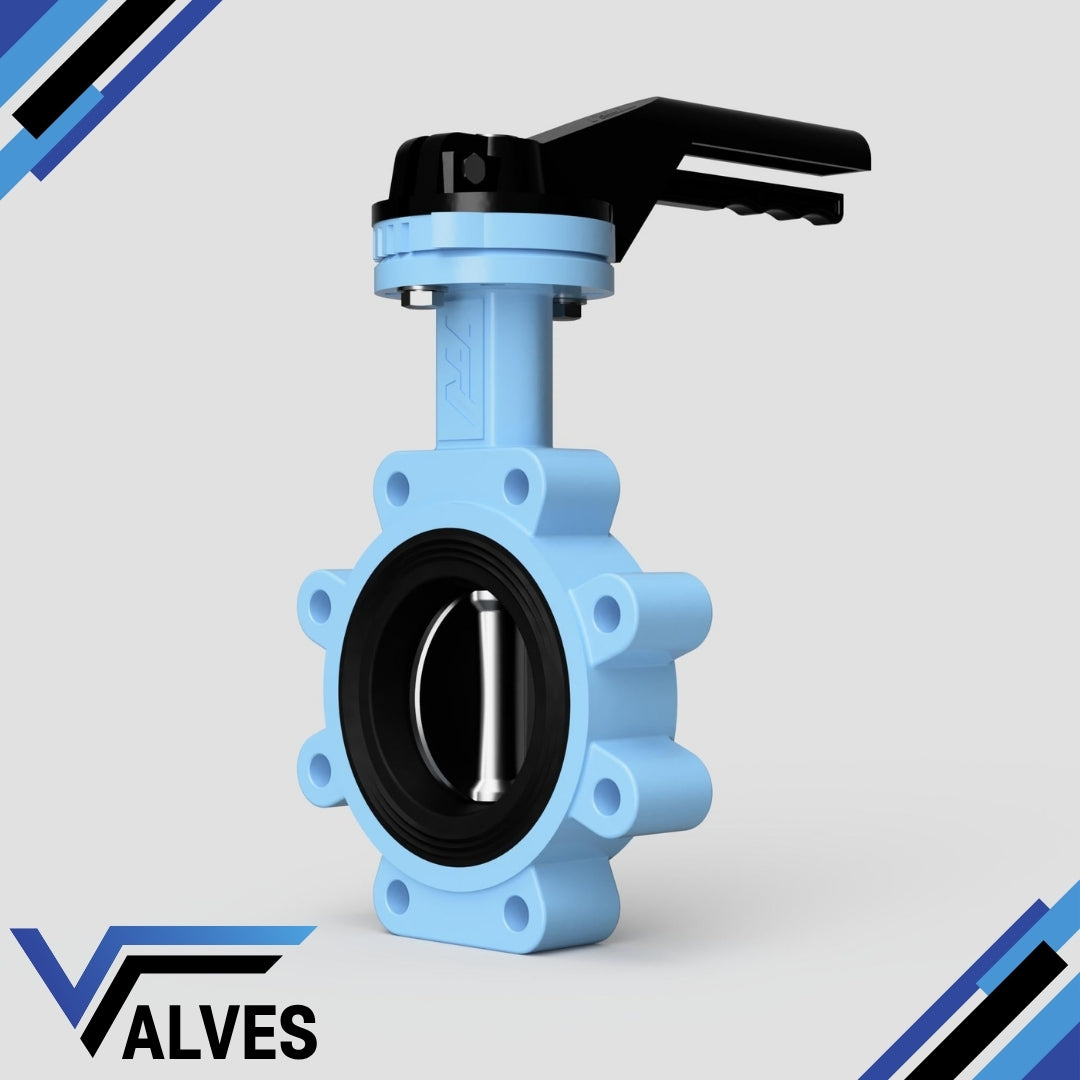Valves UK
TTV Lugged Butterfly Valve - EPDM Seat
TTV Lugged Butterfly Valve - EPDM Seat
Couldn't load pickup availability
SUBJECT TO LEAD TIME
The TTV Lugged Butterfly Valve with EPDM Seat is engineered for dependable performance and ease of use in a wide range of applications. Designed with durability and efficiency in mind, this valve is ideal for isolating or regulating flow in pipelines.
Key Features:
Lugged Design: Allows for easy installation and removal without disrupting the pipeline, making maintenance straightforward.
EPDM Seat: Offers excellent sealing properties, resisting wear and tear, and ensuring a long service life. EPDM is also resistant to water, steam, and a variety of chemicals.
Durable Construction: Built to withstand challenging conditions, ensuring reliable operation in various environments.
Versatile Use: Suitable for applications in water treatment, HVAC systems, food and beverage processing, and chemical industries.
This TTV Lugged Butterfly Valve with an EPDM Seat is a versatile and reliable choice for professionals looking to maintain control over their systems efficiently and effectively.
Share

Enquire Online!
FAQ's
What is the difference between a valve and an actuator?
What types of actuators are available?
The main types of actuators are:
Pneumatic actuators – use compressed air for fast, reliable operation.
Electric actuators – use electrical power for precise control.
Hydraulic actuators – use fluid pressure for high-torque applications.
Each type offers unique advantages depending on the environment, media, and system control needs.
How do I choose the right actuator for my valve?
To select the correct actuator, consider:
Valve type and torque requirement
Power source available (air, electric, or hydraulic)
Operating environment (temperature, humidity, hazardous area)
Control signal type (on/off or modulating)
Matching actuator torque and compatibility with the valve’s ISO mounting ensures reliable performance.
What are the main types of valves used in automation?
The most common valves in automated systems include:
Ball valves – for tight shutoff and quick operation.
Butterfly valves – for larger flow control with compact design.
Globe valves – for precise throttling and flow regulation.
Check valves – to prevent backflow.
Gate valves – for full bore flow isolation.
What’s the difference between a double-acting and spring-return actuator?
Double-acting actuators use air (or power) to both open and close the valve.
Spring-return actuators use air to open (or close) the valve, and a built-in spring to automatically return it to a safe position when power or air is lost — ideal for fail-safe operation.
How often should valves and actuators be serviced?
Regular maintenance intervals depend on operating conditions, but a good rule of thumb is to inspect every 6–12 months.
This includes checking for leaks, lubrication, seal wear, and actuator responsiveness to prevent unexpected downtime.

